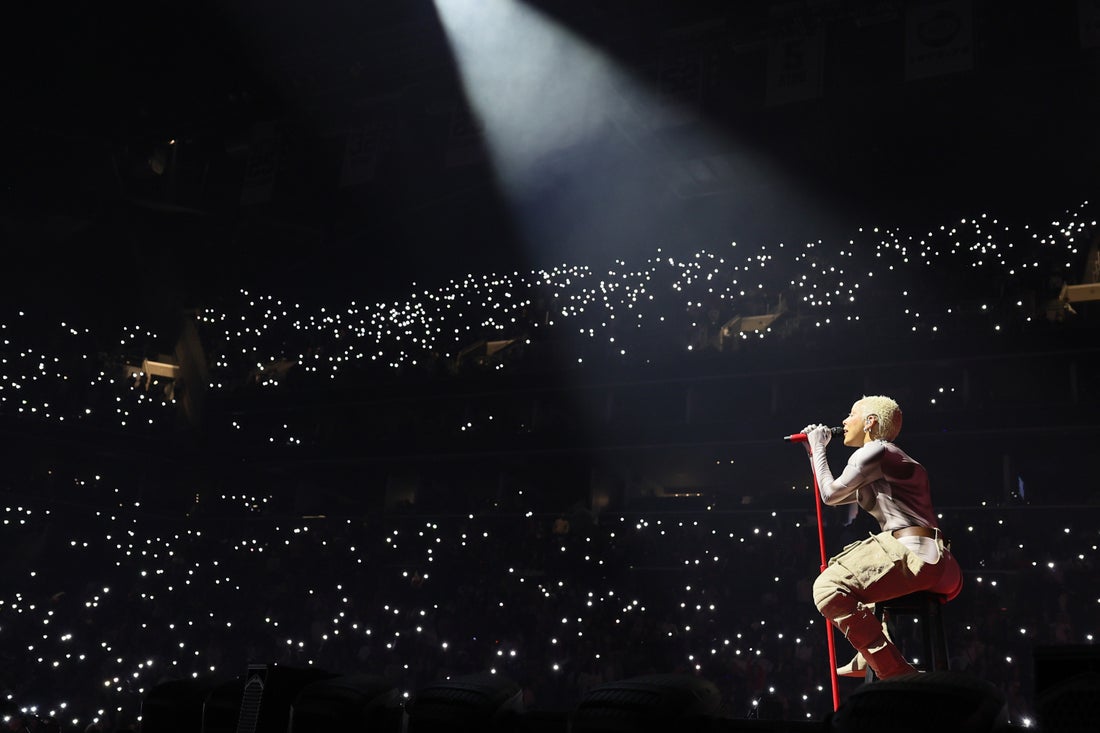“Build the Wall” was one of President Donald Trump’s primary campaign slogans. From the get-go President Trump informed the American media of his plan to build a wall. Time Magazine published the transcript from President Trump’s presidential announcement speech on June 16, 2015. “I will build a great, great wall on our southern border. And I will have Mexico pay for that wall.” When Mexico failed to put up this money, President Trump turned to Congress, who refused to give him the money, thus beginning the longest government shutdown in United States history—a feat lasting 35 days. He reopened the government on Jan. 25, 2019 when he made a promise to either shut it down again on Feb. 15 or to declare a national emergency in order to get the money for the wall.
A 2016 PolitiFact article has the original numbers President Trump was planning to use. “Trump has said the wall could cost $8 billion to $12 billion, be made of precast concrete, and rise 35 to 40 feet, or 50 feet, or higher. He’s said the wall doesn’t need to run the nearly 2,000 miles of the border, but half of that because of natural barriers.” Most recently, Business Insider stated that, “Trump demands $5 billion in border-wall funding, Democrats counter with an offer of $1.6 billion in general border-security funding.” He declined their proposition.
In the lead up to Feb. 15, President Trump was still insistent on his border wall. He stated in a video from the first day that the government reopened: “So let me be very clear: We really have no choice but to build a powerful wall or steel barrier. If we don’t get a fair deal from Congress, the government will either shut down on Feb. 15, again, or I will use the powers afforded to me under the laws and the Constitution of the United States to address this emergency. We will have great security.” Feb. 15 came and Trump decided to declare his lack of support a national emergency.
A national emergency is defined as being, “a situation beyond the ordinary which threatens the health or safety of citizens and which cannot be properly addressed by the use of other law.” The president is facing an enormous amount of backlash. CNBC published an article saying that, “California and 15 other states filed a lawsuit Monday [February 18] challenging Donald Trump’s national emergency declaration.” Even with the total of 16 states, Trump isn’t planning on backing down and wants to take these suits all the way to the Supreme Court. Besides states bringing up cases, many landowners on the border are unhappy as well. Ever since Trump’s declaration of a wall on the border, south-western American citizens have been worried and doubtful of how much of an impact it would actually make. An Alta article from April 2018 stated, “ ‘All a wall does is devalue property,’ says Tom Bowles Jr., who retired from U.S. Immigration and Customs Enforcement in 2007 after more than three decades in law enforcement. ‘Every rancher along the border knows the wall doesn’t work.’ ”
So, what happens now? A national emergency gives a president to more power in order to get certain issues in control again. Since 1979, there have been 58 national emergencies; 31 are still active. Congress is able to over-turn such a declaration and the Supreme Court can rule it unconstitutional but it takes a lot of agreeing on all accounts. With all the lawsuits against Trump, it’s difficult to predict an outcome.
Sources:
- https://www.politifact.com/truth-o-meter/article/2016/jul/26/how-trump-plans-build-wall-along-us-mexico-border/
- http://time.com/3923128/donald-trump-announcement-speech/
- https://www.washingtonpost.com/politics/trumps-border-emergency-the-president-plans-a-10-am-announcement-in-the-rose-garden/2019/02/15/f0310e62-3110-11e9-86ab-5d02109aeb01_story.html?utm_term=.dfc12e02d7ff
- https://altaonline.com/who-owns-the-border/


















































